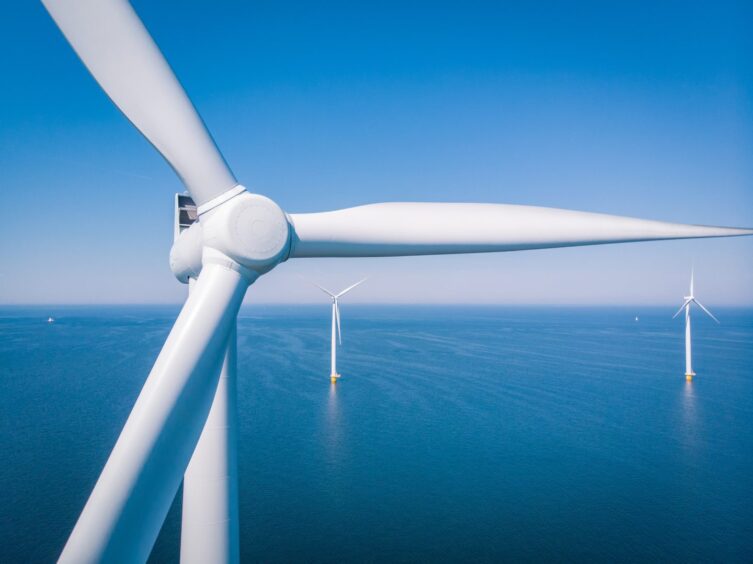
The UK continues to maintain its position as one of the leading and most developed offshore wind markets in the world, with an installed capacity of over 14 gigawatts (GW), and an ambition to secure 50 GW of offshore wind capacity by 2030.
Scotland plays a key role in the sector’s success, with several projects reaching consenting and construction milestones over the past year, including a consent award for the Pentland floating demonstrator project (100 MW), the installation of the first turbines at Neart Na Gaoithe (450 MW) and the completion of construction at Seagreen (Scotland’s largest project with 1.1 GW capacity).
Looking at the Scottish pipeline, the recent ScotWind and Innovation and Targeted Oil and Gas (INTOG) leasing rounds saw 32 projects secure exclusivity agreements with an anticipated generating capacity of over 33 GW.
More than a third of these projects are already at an advanced consenting stage: Green Volt (a 560 MW floating INTOG project) and West of Orkney (a 2GW fixed-bottom ScotWind project) submitted consent applications in 2023, with a further 10 projects that have progressed to the scoping stage.
However, the sector faces significant challenges as it strives to deliver its net zero commitments.
The global supply chain crisis has increased the prices of materials, equipment and transportation for projects. In addition, higher interest rates and inflation have eroded the profitability and attractiveness of offshore wind investments.
The UK government’s decision to set a low maximum strike price of £44 per megawatt hour for the fifth Contracts for Difference (CfD) auction round resulted in no bids from offshore developers, indicating a mismatch between the government’s expectations and the market reality.
To address this issue, the government has raised the strike price (to £73 per megawatt hour) for the 2024 auction, which is a positive step for the sector, but there is still a pressing need to ‘make up for lost time’ – the industry estimates that government will have to secure bids for six to eight GW of offshore wind power each year to achieve the 2030 goal.
Grid infrastructure presents a hurdle for future development. Stakeholders and policymakers continue to push for coordinated offshore and onshore infrastructure, particularly in areas of congestion such as Peterhead, where landfall and grid connection points are limited.
However, the regulatory framework for coordinated infrastructure is complex and uncertain, which affects the planning and financing of projects. The recent Energy Act has provided some clarity on coordinated infrastructure such as multi-purpose interconnectors, but further regulation and policy is needed.
Upgrading the electrical grid to accommodate the increasing capacity of offshore wind farms is essential to prevent bottlenecks and maximise the potential of renewable energy sources.
The offshore wind industry also faces challenges in obtaining the necessary consents and permits for projects within clear timescales. The consenting process involves multiple stakeholders, such as local authorities, environmental agencies, marine regulators, fishing groups and other sea users, and it can be complex, lengthy and costly, especially for larger and more innovative projects.
The industry needs to ensure that it has sufficient resources and expertise to navigate the consenting process smoothly and effectively, while also engaging with stakeholders and addressing their concerns.
Unlike the Development Consent Order regime in England, which provides developers with clear timescales for the consideration of their application, the consenting process in Scotland is more confusing, with little to no visibility on responses or objections from third parties (including statutory stakeholders) or on decision timescales.
Despite these challenges, industry confidence remains high, and the sector has proven its ability to deliver clean, reliable and affordable electricity for millions of consumers.
The industry also has a significant opportunity to increase its exports and share its expertise with other countries that are developing their own offshore wind sectors.
To realise this opportunity, the industry will need to continue to invest in skills development, research and development, supply chain diversification and international collaboration. By doing so, the UK’s offshore wind industry can maintain its competitive edge and contribute to the global energy transition.
